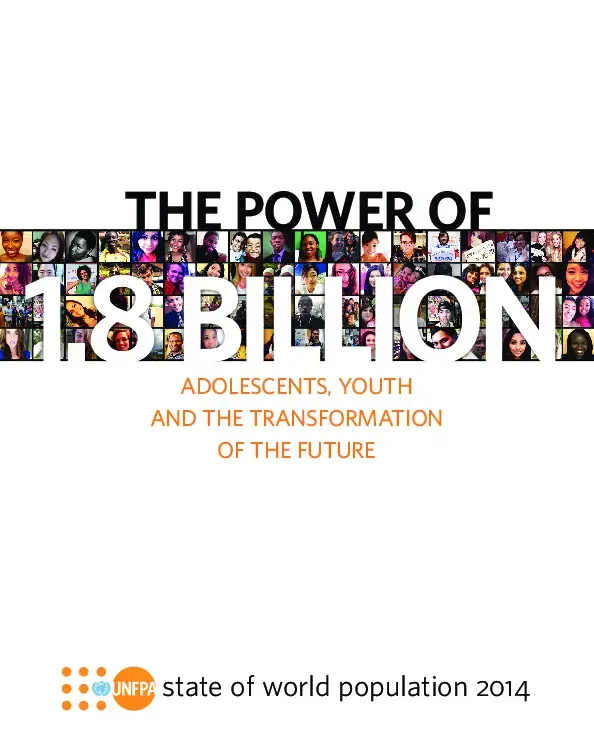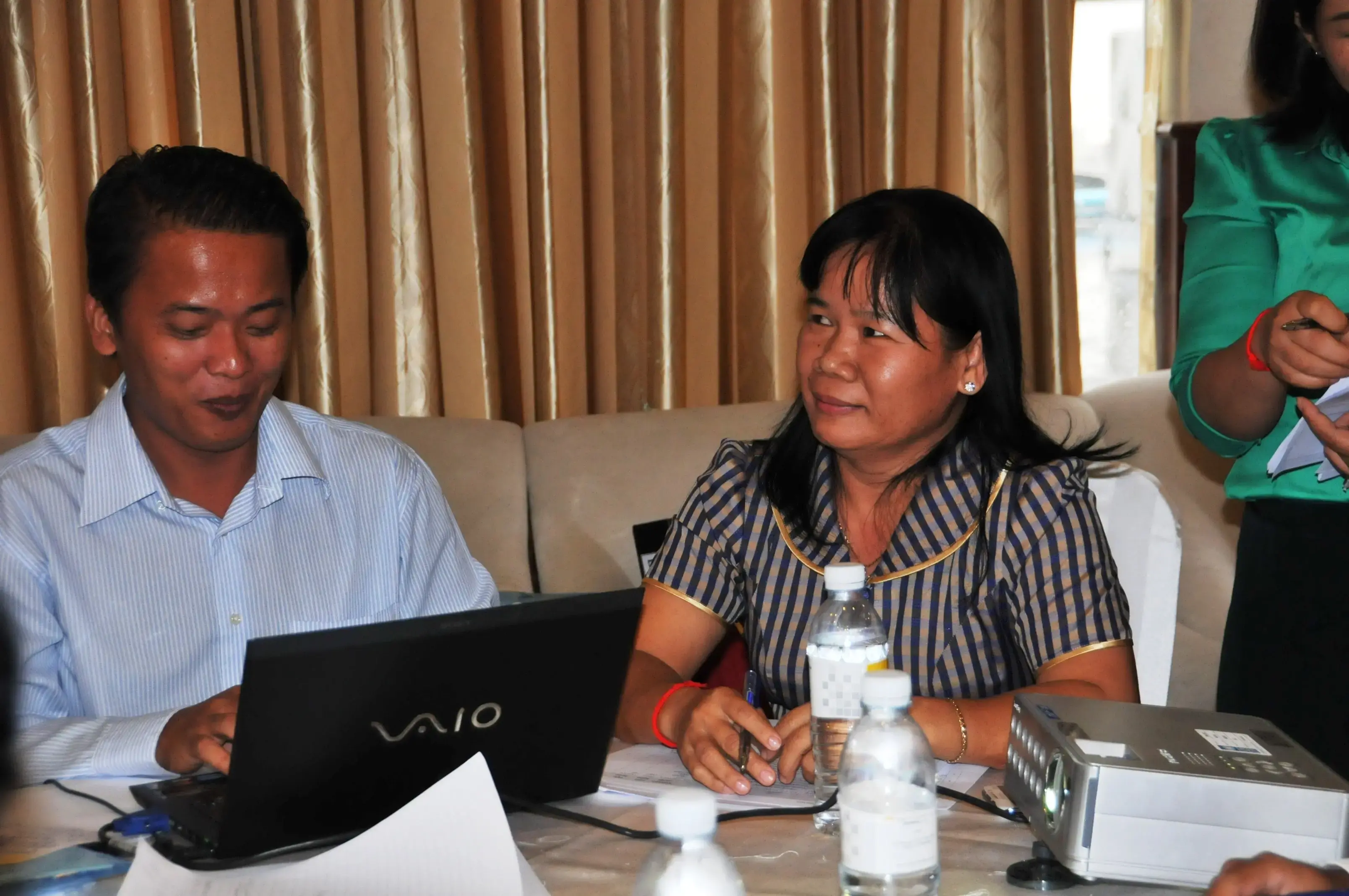On 18 November 2014, UNFPA is launching its global flagship report, the State of World Population Report 2014, "The power of 1.8 billion: adolescents, youth and the transformation of the future".
The world has a very large youth population, with 1.8 billion is aged between 10 and 24 year-old. Within this generation are 600 million adolescent girls with specific needs, challenges and aspirations for the future. The poorest countries have the fastest youth population growth.
The world's 1.8 billion youth can propel socioeconomic development. The potential economic gains would be realized through a "demographic dividend," which can occur when a country's working age population is larger than the population that is dependent and younger. To maximize the dividend, countries must ensure their young working-age populations are equipped to seize opportunities for jobs and other income-earning possibilities.
Education is critical. The skills and knowledge young people acquire must be relevant to the current economy and enable them to become innovators, thinkers and problem solvers. Investments in health, including sexual and reproductive health, are also central. When young people can make a healthy transition from adolescence into adulthood, options expand for the future.
Today one in three girls in developing countries is married before the age of 18 that threatens her health, education and future prospects. Strategic investments can allow young people to claim their rights - to education, health, development and to live from violence and discrimination. With the right policies and investments in human capital, countries can empower young to drive economic and social development.
During the coming weeks, UNFPA Cambodia will undertake a series of activities to share the report findings and its relevance to the Cambodian context.
Follow our website, twitter and facebook for more information on the events to come.





